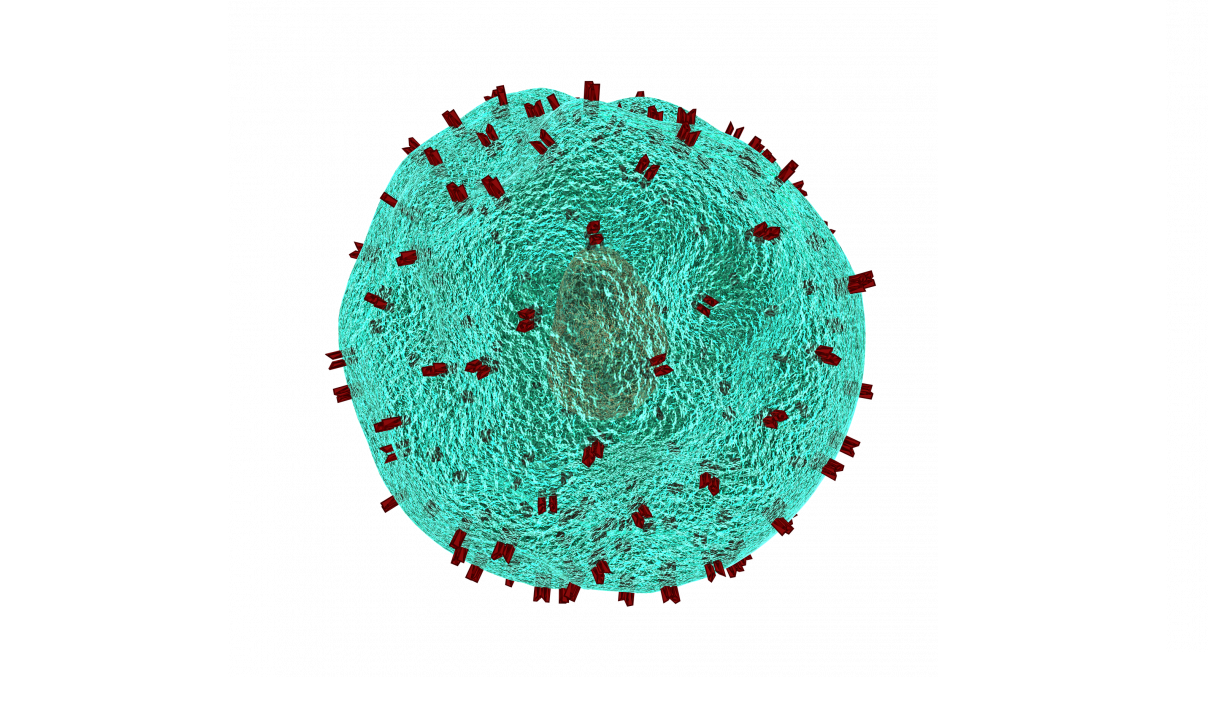Media release
From:
A recent Malaghan Institute collaboration with Harvard Medical School is changing how we think about cells in the immune system and the role they play in generating immune responses.
Current thinking is that each type of immune cell plays a distinct role in generating a specific immune response. However, recent findings published in Nature Immunology throw water on this belief, proposing that for at least certain types of immune cells, they have a spectrum of different responses, depending on the type of threat they encounter. Rather than one cell equals one function, some immune cells change how they respond each time they encounter a new stimulus.
“The paper looks at CD4 T-cells which are central in coordinating many aspects of the immune response towards all types of insults,” says PhD student Jodie Chandler, who led the Malaghan Institute contribution to this research. “They release cytokines – chemical signals that alert the rest of the immune system. The type of cytokines released, and therefore the type of immune response initiated, depends on the type of CD4 T-cell that releases it.
“Classical immunology states there are four key differentiated CD4 subsets for the different kinds of threats we face daily. Th1 for viruses and bacteria, Th2 for allergens and parasitic worms, Th17 for fungi, and Tregs which inhibit the immune response – an immunological brake mechanism. We investigated how diverse these cells actually are using a cutting-edge technology called transcriptomics, which looks at the RNA expressed at a single cell level.
“What this research found was that there are in fact no discrete CD4 subsets, but that all cells lie on a continuum and each cell can express a range of cytokines that were once thought to be specific to only one CD4 subset.”
The insight gained by this paper has important long term implications according to Malaghan Institute Director Professor Graham Le Gros.
“Every minute of the day, our immune system juggles hundreds of different immune responses, directing a vast array of immune cells – from facilitating a wound repair to eliminating a viral infection.” How the immune system achieves this impressive yet poorly understood feat is something of great interest to scientists.
He says the finding is critical to our understanding of how immune responses are generated and maintained throughout all infections.
“It challenges the current paradigm of defined CD4 T-cell responses, which has all sorts of downstream implications not just in our understanding of the immune system, but in designing new therapies and treatments
“However, this paper is reporting a very new concept and so is just the beginning. I believe many researchers will continue studying this area of CD4 T-cell differentiation and our knowledge will only grow.”



 New Zealand; International
New Zealand; International



